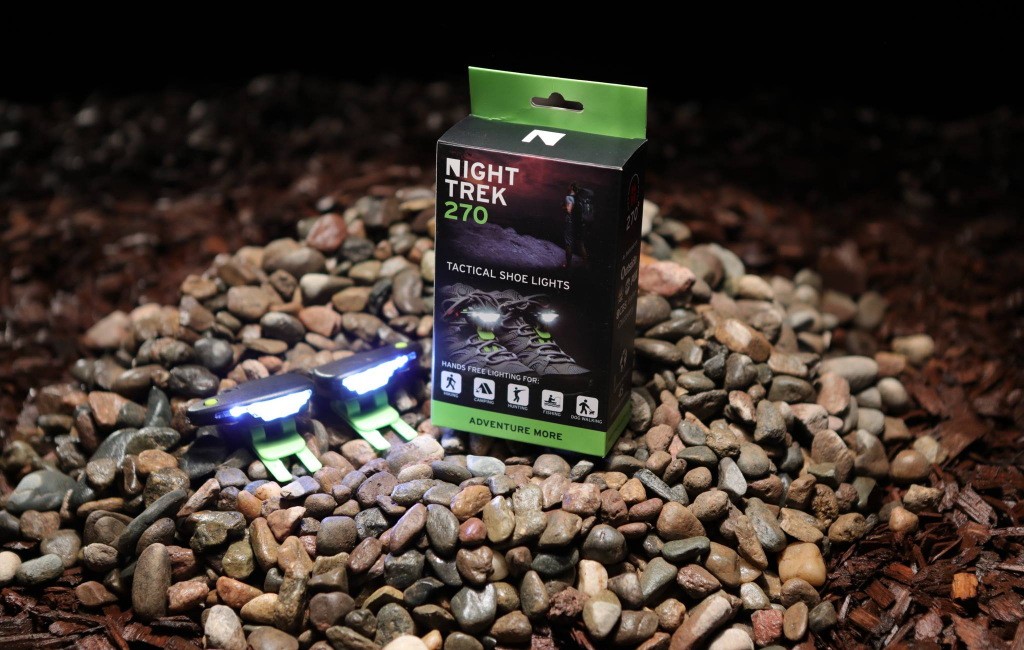The Lapel Project


DEAL
EPISODE SUMMARY
🕓 Air Date: September 30, 2016
Asking For:
$150,000 for 20%
Investor:
Mark Cuban
Deal:
$150,000 for 30%
PRODUCT SUMMARY
The Lapel Project offers a customizable accessory that transforms any suit jacket into a unique tuxedo, eliminating the need to purchase or rent expensive formal wear.
WATCH HERE
IN A RUSH?
Click these to jump to the section you want to read.
Background Story
Sebastian and Raul, the founders of The Lapel Project, hail from South Florida, a region known for its vibrant culture and fashion-conscious community. Sebastian, deeply entrenched in the fashion industry, grew up surrounded by the business, providing him with a keen understanding of trends and consumer preferences. Raul, with an entrepreneurial spirit, joined forces with Sebastian to embark on a venture that would revolutionize formal wear. The genesis of The Lapel Project can be traced back to the founders’ recognition of a significant problem in the formal-wear industry. They observed the exorbitant costs and inconveniences associated with purchasing or renting tuxedos for special events like proms, weddings, and black-tie affairs.

These realizations sparked the idea for a game-changing fashion accessory that would not only alleviate the financial burden on consumers but also offer a creative and sustainable solution. The Lapel Project was born out of the desire to provide individuals with a customizable, cost-effective alternative to traditional formal wear. Sebastian and Raul envisioned a product that would empower users to transform any suit jacket into a unique tuxedo instantly. Their innovation stemmed from the belief that fashion should be both accessible and expressive without the need for excessive spending.

Sebastian’s background in the fashion industry and Raul’s entrepreneurial mindset converged to create a brand that aimed to disrupt the conventional tuxedo market. The Lapel Project, with its press-and-stick application method and endless customization possibilities, reflects the founders’ commitment to making a mark in the fashion world. The product not only addresses a practical need but also stands as a testament to the founders’ dedication to innovation, ushering in a new era in men’s fashion.
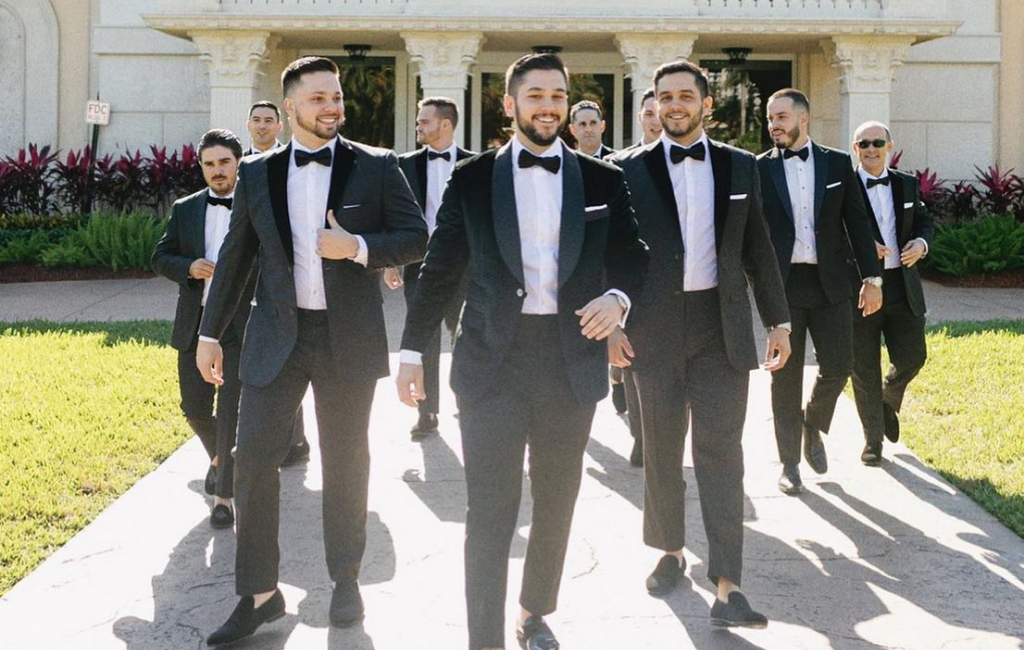
The Product
The Lapel Project is a revolutionary fashion accessory designed to transform any ordinary suit jacket into a personalized and unique tuxedo, offering users a cost-effective and sustainable alternative to traditional formal wear. The product’s innovative design involves a press-and-stick application method, making it incredibly simple for individuals to customize their attire within seconds.
To use The Lapel Project, users adhere the accessory to the exterior of their suit lapel, allowing for easy customization without the need for sewing. The excess fabric is folded over, resulting in a one-of-a-kind conversation piece that reflects the wearer’s style. The Lapel Project boasts an extensive range of fabric options, designs, and patterns, limited only by the wearer’s imagination. This versatility allows users to tailor their formal wear to specific events or personal preferences.
Priced between $49 to $100, The Lapel Project is an affordable solution compared to the traditional costs associated with purchasing or renting tuxedos. The founders emphasize its reusability, with the accessory capable of being used up to 5 to 10 times, depending on proper care. Currently available in one brick-and-mortar store in South Florida, the Lapel Project founders seek additional funding to expand their reach through e-commerce, introducing this innovative product to a broader audience.
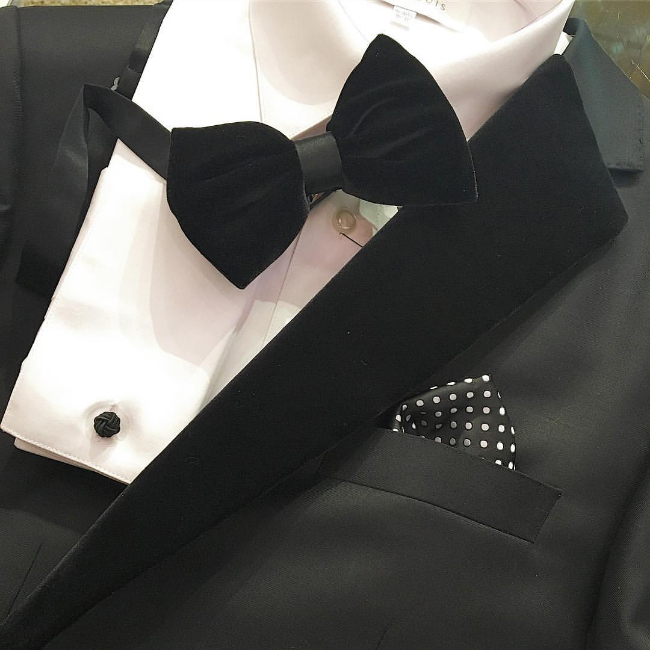
How It Went
The company’s position before Shark Tank
As of the presented episode on Shark Tank, The Lapel Project’s performance reflects a promising start with a focus on growth and expansion. The company is currently based in South Florida and operates out of one brick-and-mortar store in the region. Over the past six months, they reported sales of $16,000, showcasing an initial traction in the local market. The founders highlight the need for additional funding to propel the business forward, specifically to establish an online presence through e-commerce. Currently, their product is sold in their South Florida store, indicating a limited physical retail presence.
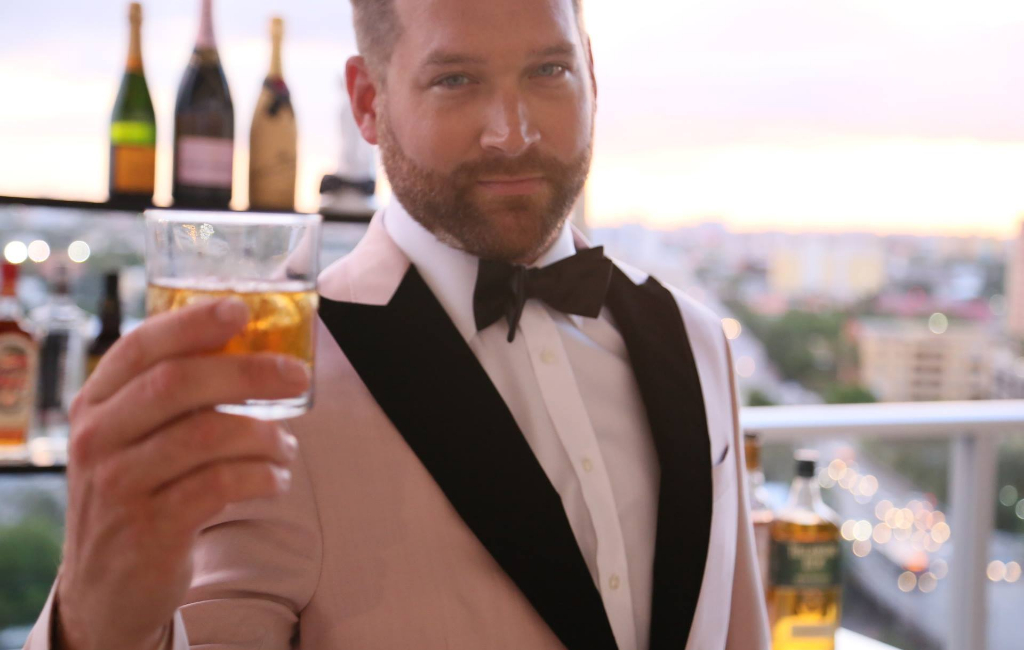
The decision to seek investment from the Sharks is driven by their desire to inform the public about their innovative product and expand their reach to a broader audience. In terms of intellectual property protection, The Lapel Project has a patent pending for both the design and function of their product. This underscores their commitment to safeguarding their unique offering in the market. The target demographic for the Lapel Project is individuals aged 13 to young adults aged 35, focusing on events like proms where the demand for affordable and customizable formal wear is high.

The company’s financials, including profits and losses, were not extensively discussed in the episode. However, the founders shared that their manufacturing cost for The Lapel Project ranges between $5 to $8, while the product is sold to consumers at a price point between $49 to $100. This pricing strategy suggests a healthy profit margin if they can achieve sufficient sales volume. The focus was primarily on their presence in the South Florida store and the need for funding to expand into the online market.
The Negotiations:
The negotiations for The Lapel Project on Shark Tank showcased a mix of enthusiasm, skepticism, and strategic considerations among the Sharks. After a lively pitch, the founders, Sebastian and Raul, sought a $150,000 investment for a 20% stake in their company. Mark Cuban, recognizing the potential of the product and its market appeal, swiftly made an offer: $150,000 for a slightly higher equity stake of 30%. As the negotiation unfolded, Kevin O’Leary questioned the practicality of the product, particularly its reusability and potential impact on different fabrics.
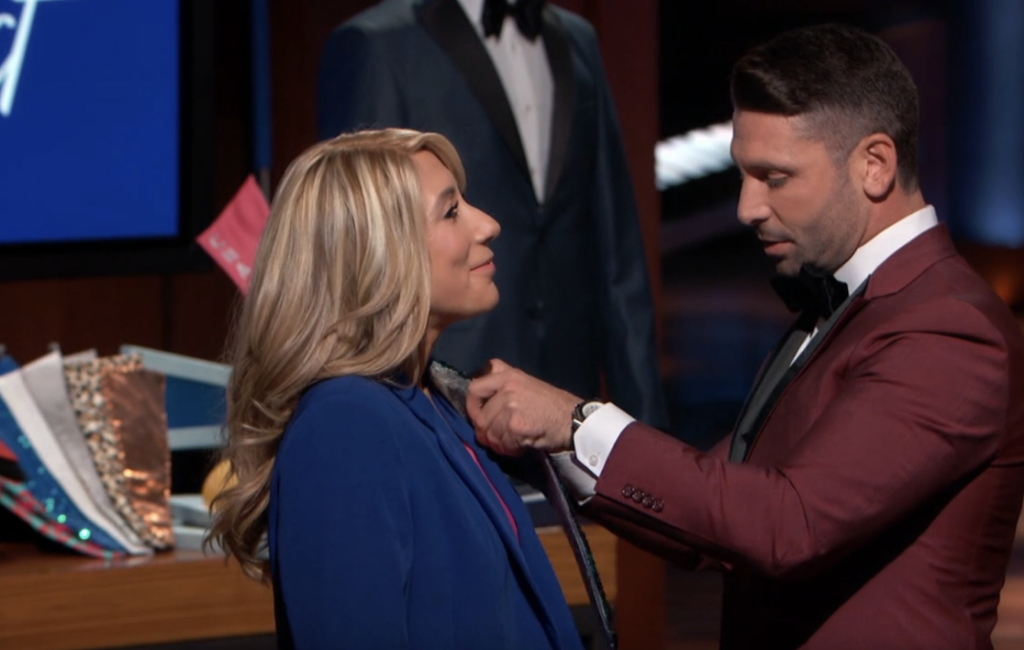
Lori Greiner, while appreciating the innovation, opted out due to personal aesthetic preferences. Robert Herjavec expressed concerns about the historical challenges of getting consumers to adopt reversible functionalities in fashion, ultimately leading him to decline the opportunity. Mark Cuban’s offer stood as the sole proposal on the table, but the negotiation took an unexpected turn when Sebastian appeared hesitant to accept the deal immediately. At this point, Kevin O’Leary intervened, cautioning Sebastian about potentially losing the deal if he didn’t consider other offers.
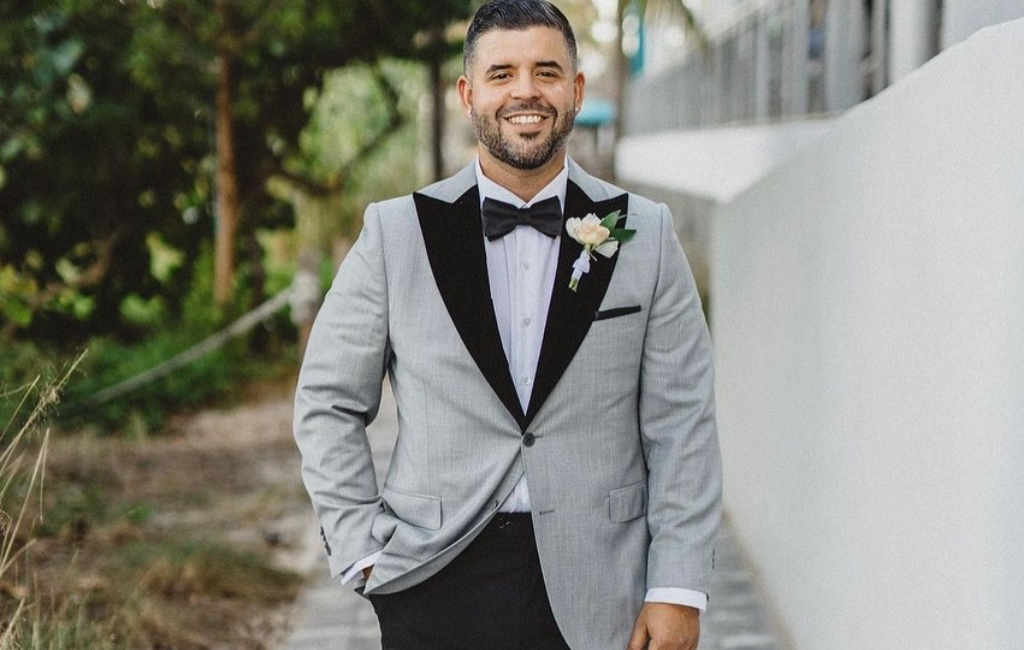
This prompted a decisive moment, and Sebastian, realizing the significance of the opportunity, accepted Mark Cuban’s offer, sealing the deal for $150,000 in exchange for a 30% equity stake.The negotiation reflected a balance between the Sharks’ differing perspectives on the product’s viability and market appeal. Mark Cuban’s strategic insight and vision for the product’s potential in the online market, coupled with his offer, proved compelling enough for Sebastian and Raul to secure a deal. This marked a successful negotiation for The Lapel Project, positioning them for growth and expansion with Mark Cuban as a key partner.







